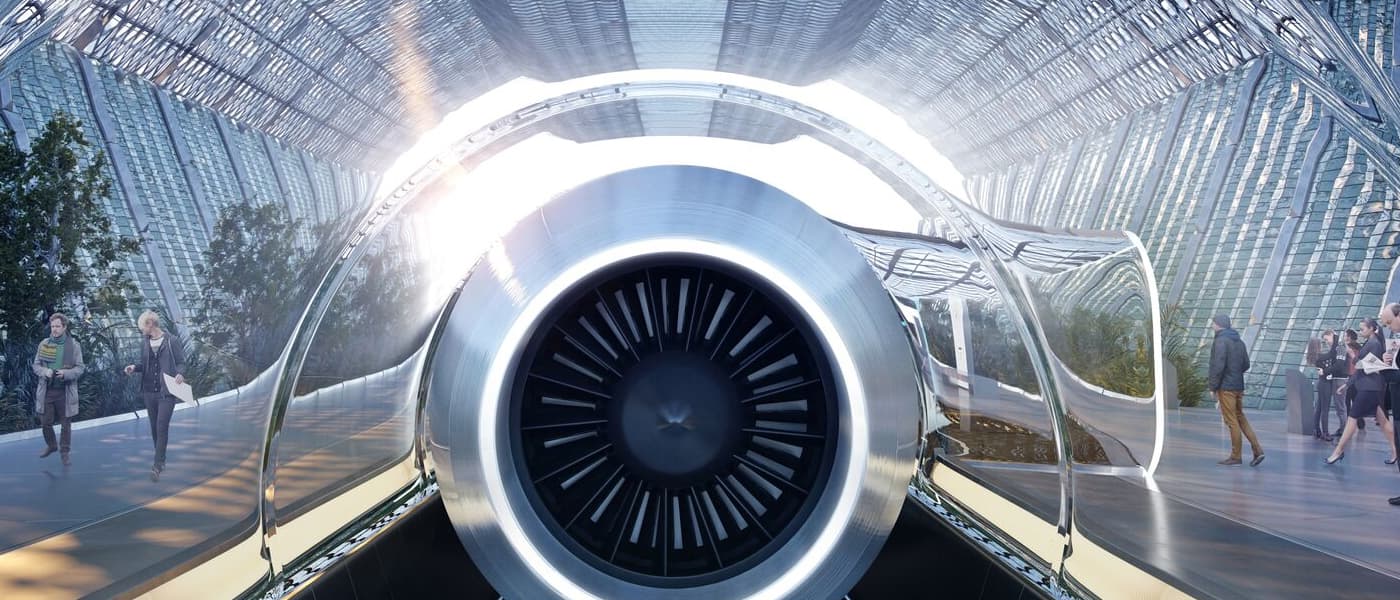The (European) Train of the Future
The Hyperloop has been dubbed 'the train of the future.' With active projects already in Dubai, Canada, and Russia, the futuristic pod is now coming to France via Hyperloop Transportation Technologies (HTT).
Recently, HTT launched a new deal with Slovakia and the Czech Republic to build a Hyperloop system that will connect Bratislava and Brno. It's a first step toward the plan to connect all of Europe with a Hyperloop. A 3,000 square meter facility (roughly 38,000 sq ft) at Francazal Airport in Toulouse will act as the company's base. Toulouse is at the very heart of the European aerospace industry, and is centrally located for manufacturing the Hyperloop trains to be used in the Central European line.
HTT, one of two companies actively working on these futuristic pods, recently announced a $108 million funding round, with the company raising $31 million in cash.
Futuristic and Super Fast
The Hyperloop is a train-like transportation system that uses specially designed pods or capsules to transport people and cargo. It combines magnetic levitation (maglev) technology with reduced-pressure tubes for a smoother and faster ride. The idea for a Hyperloop was first proposed by Elon Musk in 2013. Since then, a good number of people, institutions, and companies were quick to jump on the idea.
How fast could it go? Well, that really depends on which engineer you ask, but it's believed that a Hyperloop could go as fast as 1,200km/h (800 mph). Designs show that it could also work either underground or aboveground. In fact, one of the Hyperloop plans in Dubai envisions a central hub that connects Hyperloops traveling on their cylinder tubes to the streets. On top of it being fast, a Hyperloop is also green, capable of running using solar energy.
From a sci-fi inspired concept in 2013, to a super-fast train that will someday connect all of Europe, it looks like the Hyperloop is becoming a reality.
Share This Article
